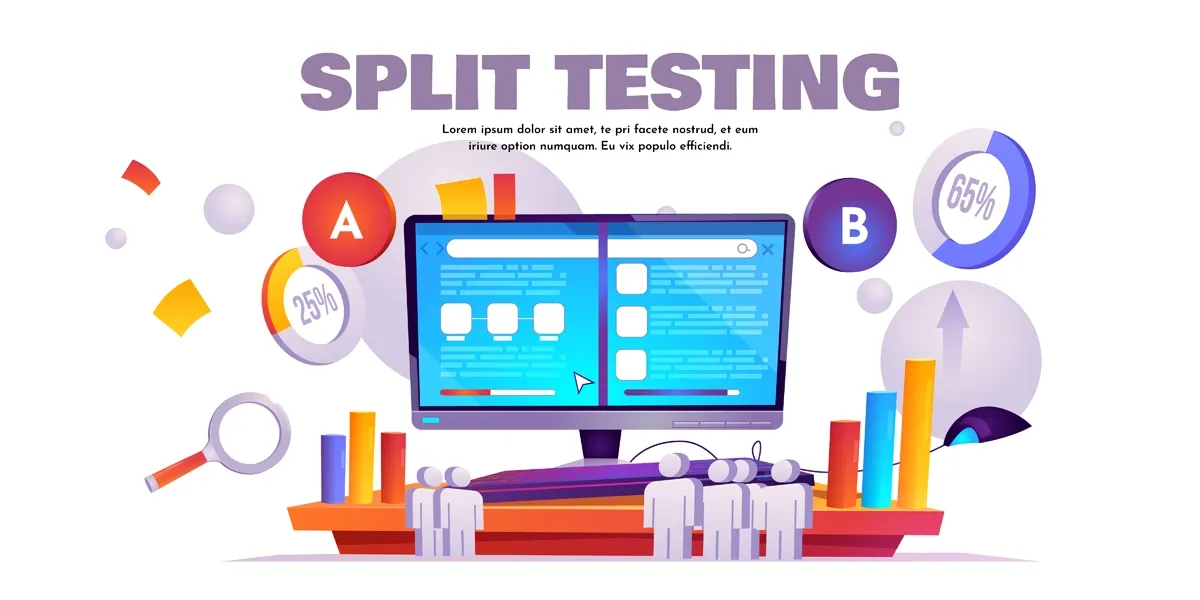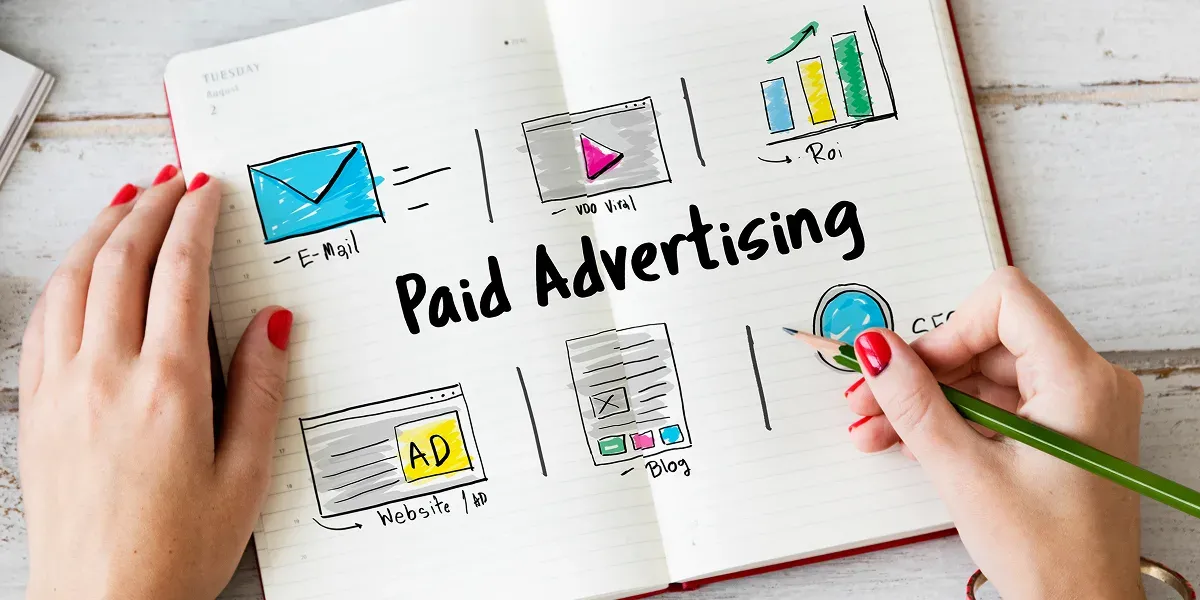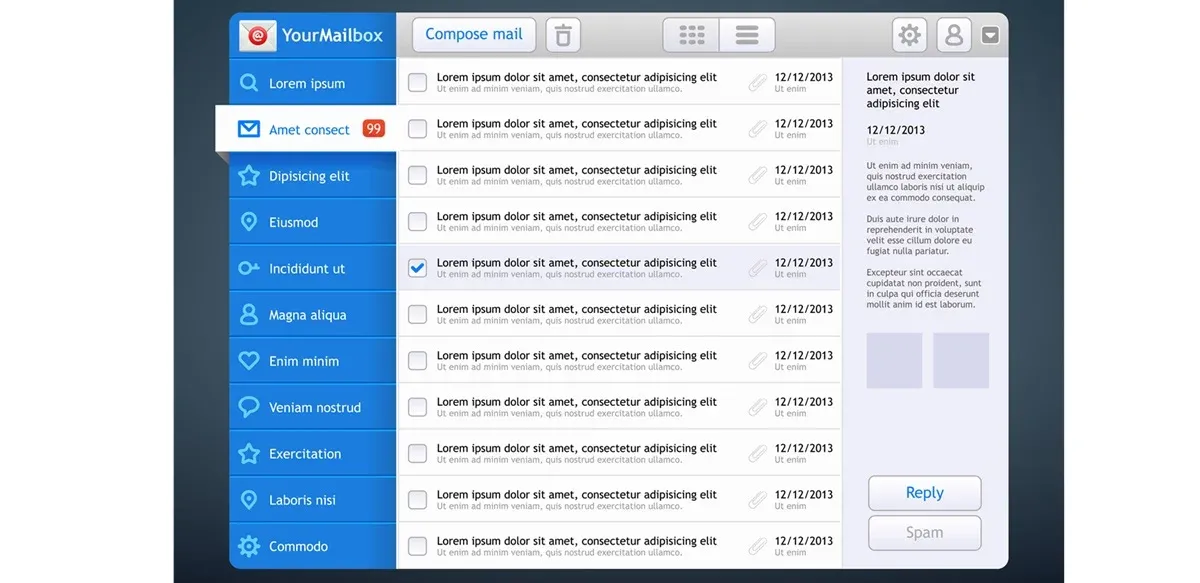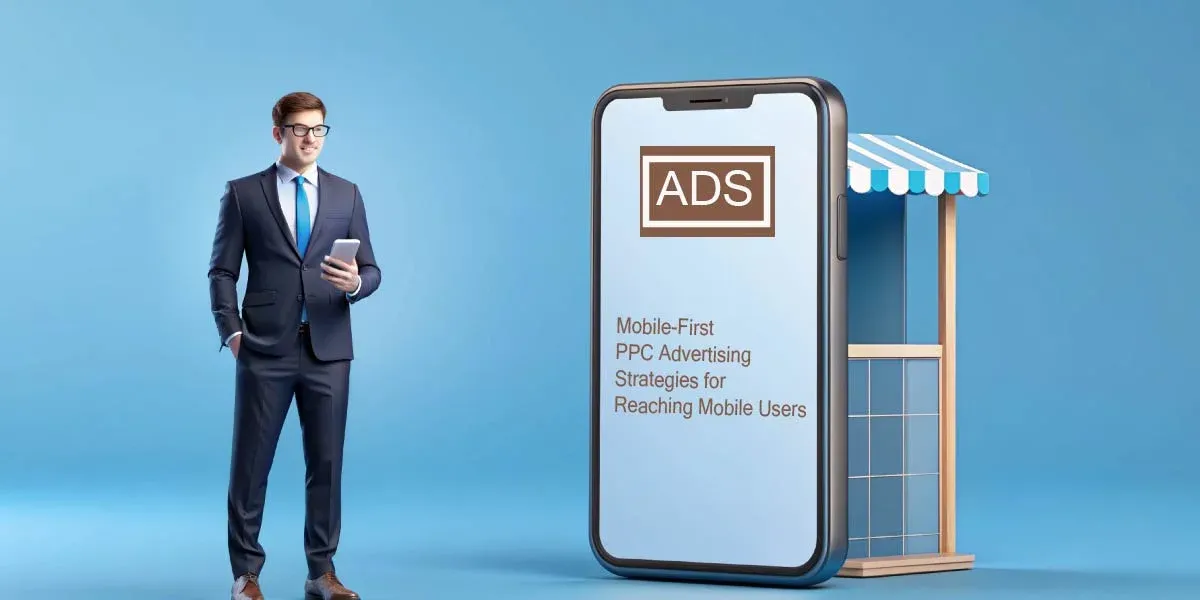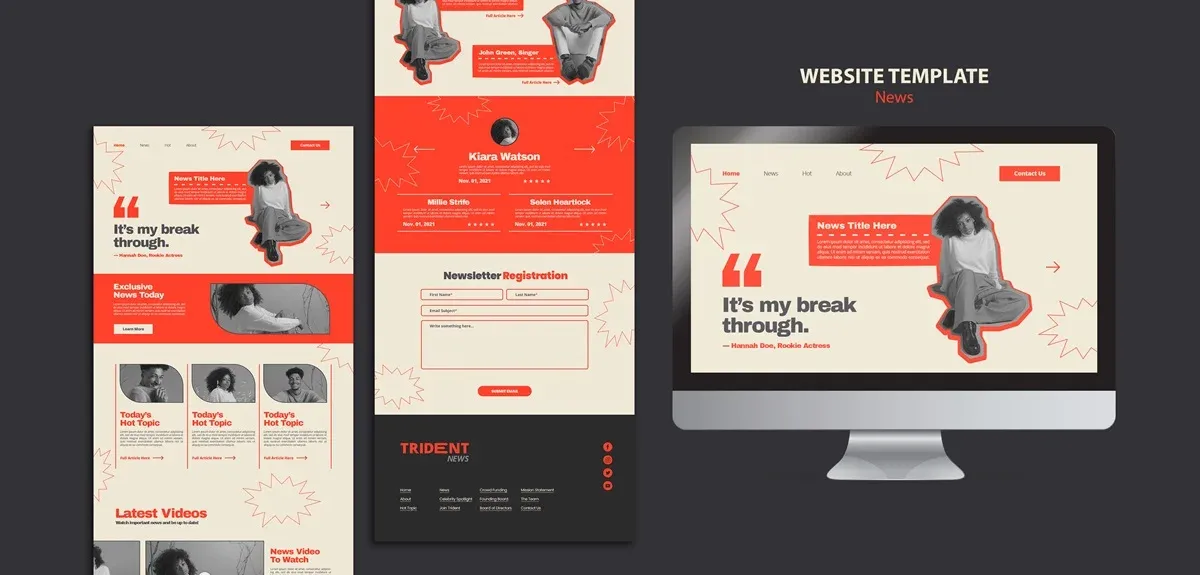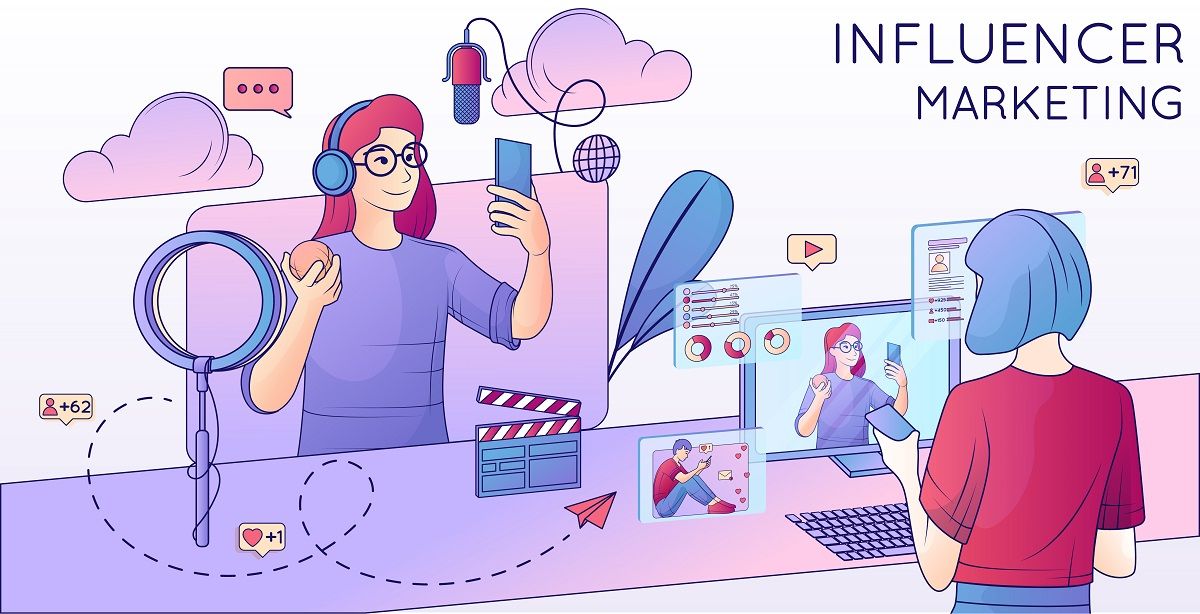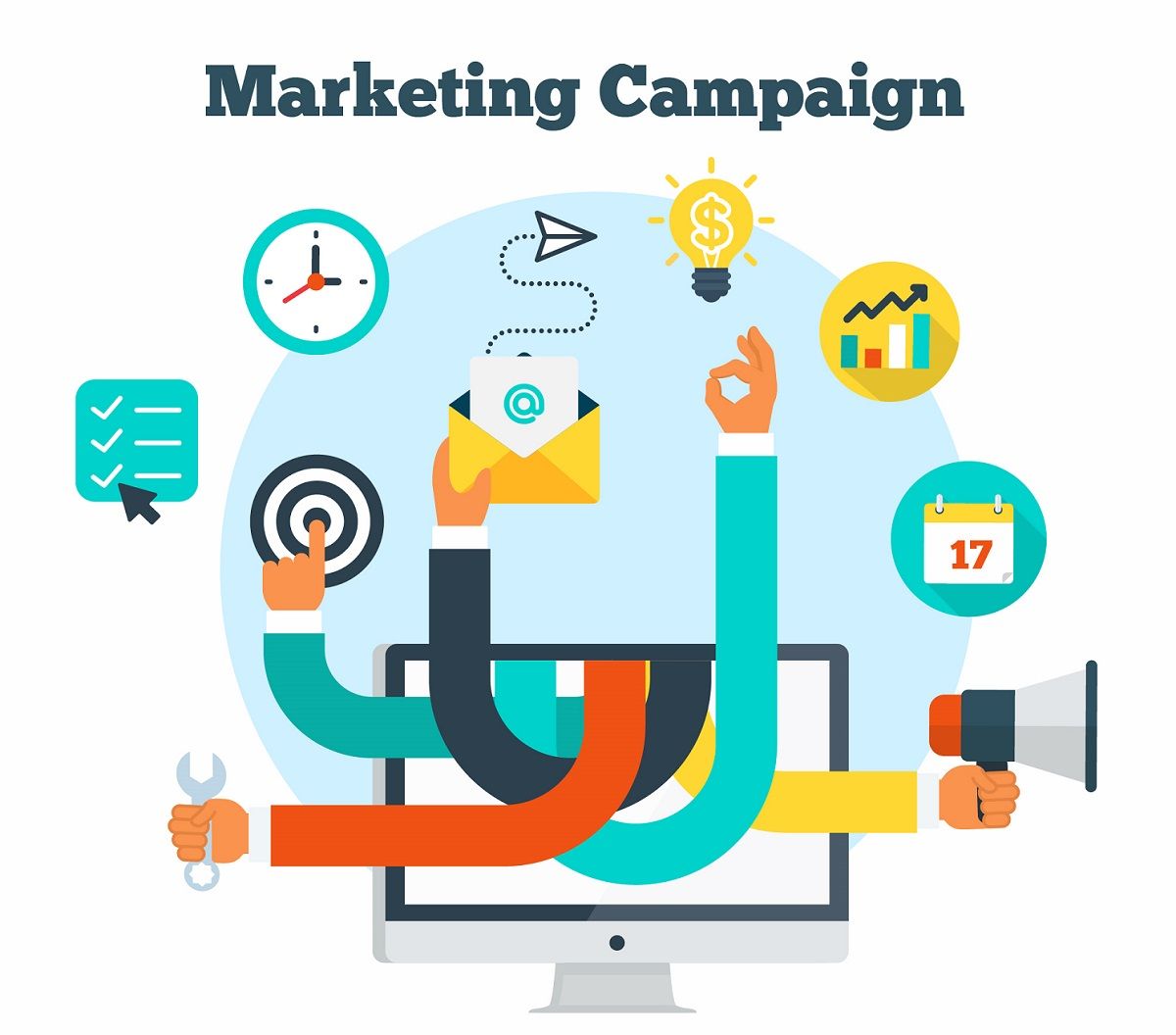7 Proven Tactics Successful Dentists Are Using to Keep Their Appointment Books Full in 2025
By applying these seven proven tactics, dentists can reduce cancellations, improve patient loyalty, and create a predictable, thriving schedule all year long.


Category: | Date: Nov 21, 2025
Keeping a dental practice consistently busy is becoming more challenging every year. Even when dentists provide exceptional care, they often still experience slow weeks, last-minute cancellations, or unpredictable patient flow. Many practice owners assume this is normal, but the busiest clinics in 2025 are proving otherwise.
The difference between fully booked and partially booked practices is not luck. It is the use of simple systems that improve patient experience, strengthen loyalty, and increase acceptance of recommended care. These systems work because they focus on making dental visits easier, clearer, and more memorable for patients.
If you are a dental practice owner looking to improve patient flow, retention, and efficiency, here are seven evidence-based approaches that successful practices are using today.
1. The “Next Visit Before You Leave” System
One of the easiest and most reliable ways to maintain a full schedule is to ensure every patient leaves with their next appointment already confirmed. It reduces scheduling gaps, supports preventive care, and prevents patients from forgetting to rebook.

How leading practices implement it:
- Hygienists encourage scheduling during the appointment while still in the room.
- Front desk staff confirm the next visit before a patient leaves the office.
- Patients are offered their preferred time slots in advance, which increases acceptance.
Why this system works:
When patients schedule early, the practice benefits from a predictable schedule three to six months ahead. It also decreases no-shows because patients commit to appointments that fit their usual routine. Over time, this system builds a steady flow without the need for constant follow-ups or last-minute reminders.
2. The “VIP Patient Club” Membership Plan
Many high-performing dental practices offer an internal membership program. These plans are particularly effective for uninsured patients who want predictable costs and consistent care. For the practice, they help build loyalty and encourage routine visits.
What a basic VIP club often includes:
- Priority appointment times for active members.
- Small added perks such as whitening touch-ups or sample kits.
- Faster or simplified checkout processes.
- Exclusive seasonal offers or patient appreciation incentives.
Benefits for the practice:
Membership plans generate recurring revenue, improve recall consistency, and make patients feel valued. This approach also encourages long-term engagement which reduces the pressure to constantly acquire new patients.
3. The “New Patient Red Carpet” Experience
First impressions are powerful in dentistry. The experience a patient has during the first visit often determines whether they stay with a practice long term. Successful clinics focus on offering a welcoming, smooth, and personalized introduction.
Elements that strengthen the first visit:
- A warm, customized greeting upon arrival.
- A small welcome bag or care kit to leave a memorable impression.
- A streamlined check-in process with minimal waiting time.
- Clear communication throughout the appointment about what to expect.
Why this strategy matters:
Patients who feel respected, comfortable, and appreciated during their first visit tend to return and refer others. A strong new patient experience reduces marketing waste because each new patient is more likely to convert into a recurring patient.
4. The “Same-Day Treatment Upgrade” Option
Many practices increase both patient satisfaction and production by offering simple same-day treatments. When patients are already in the chair and trust their dentist, they often prefer completing recommended care immediately instead of scheduling another visit.
Common treatments offered the same day:
- Small or early stage fillings.
- Whitening procedures when appropriate.
- Minor bite or comfort adjustments.
- Protective sealants for preventive care.
How this helps the practice:
Offering same-day care reduces the need for additional appointments and backlog while improving overall case completion. Patients appreciate the convenience, and the practice benefits from higher productivity per visit and fewer scheduling gaps later.
5. The “Fast Pain Relief Guarantee” Approach
Emergency dental patients often become long-term patients if they receive fast, compassionate care. Leading practices create a clear system for handling urgent cases so that these patients can be seen quickly and efficiently.
How top clinics manage emergency flow:
- They keep one or two openings each day specifically for urgent visits.
- Their voicemail and phone scripts clearly mention same-day care availability.
- Staff are trained to triage and update schedules quickly when emergency calls come in.
- Emergency patients receive follow-up communication to ensure comfort and encourage returning for comprehensive care.
Results you can expect:
When patients receive immediate help during moments of pain or stress, they tend to develop long-term trust. This leads to better retention and more predictable ongoing care.
6. The “Show and Explain” Communication Style
Patients are more likely to accept treatment recommendations when they fully understand the issue. Visual communication is one of the most effective ways to make dentistry clearer and more relatable for patients of all ages.
Tools successful dentists use:
- Intraoral photos that display areas of concern in real time.
- Chairside mirrors that allow patients to see what the dentist sees.
- Small models or printed visuals to explain conditions or procedures.
Why this improves acceptance:
When patients visually understand a problem, they can make informed decisions. This reduces confusion, increases trust, and leads to higher acceptance of recommended care. Over time, this directly supports a fuller appointment schedule because fewer patients delay treatment.
7. The “Personalized Care Notes” System
A patient’s experience improves significantly when they feel recognized and remembered. Successful practices often keep simple notes about personal preferences or previous conversations to provide a warm and individualized interaction during future visits.
Examples of information practices may record:
- A patient’s comfort preferences or sensitivities.
- Interests such as hobbies or family details the patient shared.
- Important life updates mentioned during past appointments.
Why this strengthens loyalty:
When patients return and the dentist or team remembers something personal, it shows genuine care. This level of attention makes patients feel valued and creates stronger long-term relationships. Loyal patients are far more consistent with preventive visits and follow recommended care plans.
Conclusion
In a rapidly changing dental landscape, the practices that stay fully booked are the ones that prioritize patient experience, seamless systems, and consistent communication. By applying these seven proven tactics, dentists can reduce cancellations, improve patient loyalty, and create a predictable, thriving schedule all year long. With the right guidance and strategic support, any practice can implement these systems and see measurable growth. If you’re ready to elevate your practice and keep your appointment book full, Vigorant is here to help you take the next step.
Learn more about digital marketing in your field through our blogs











